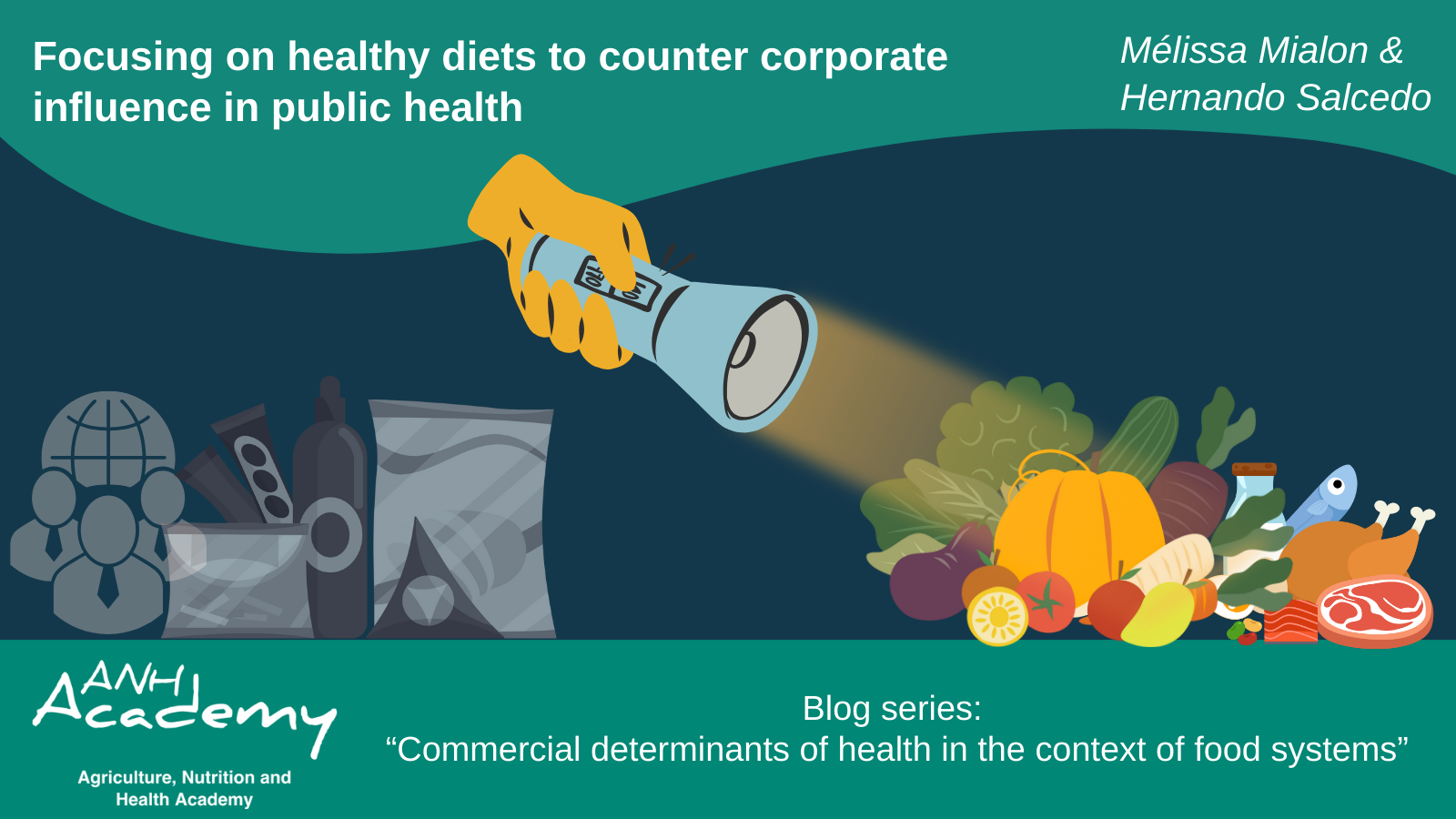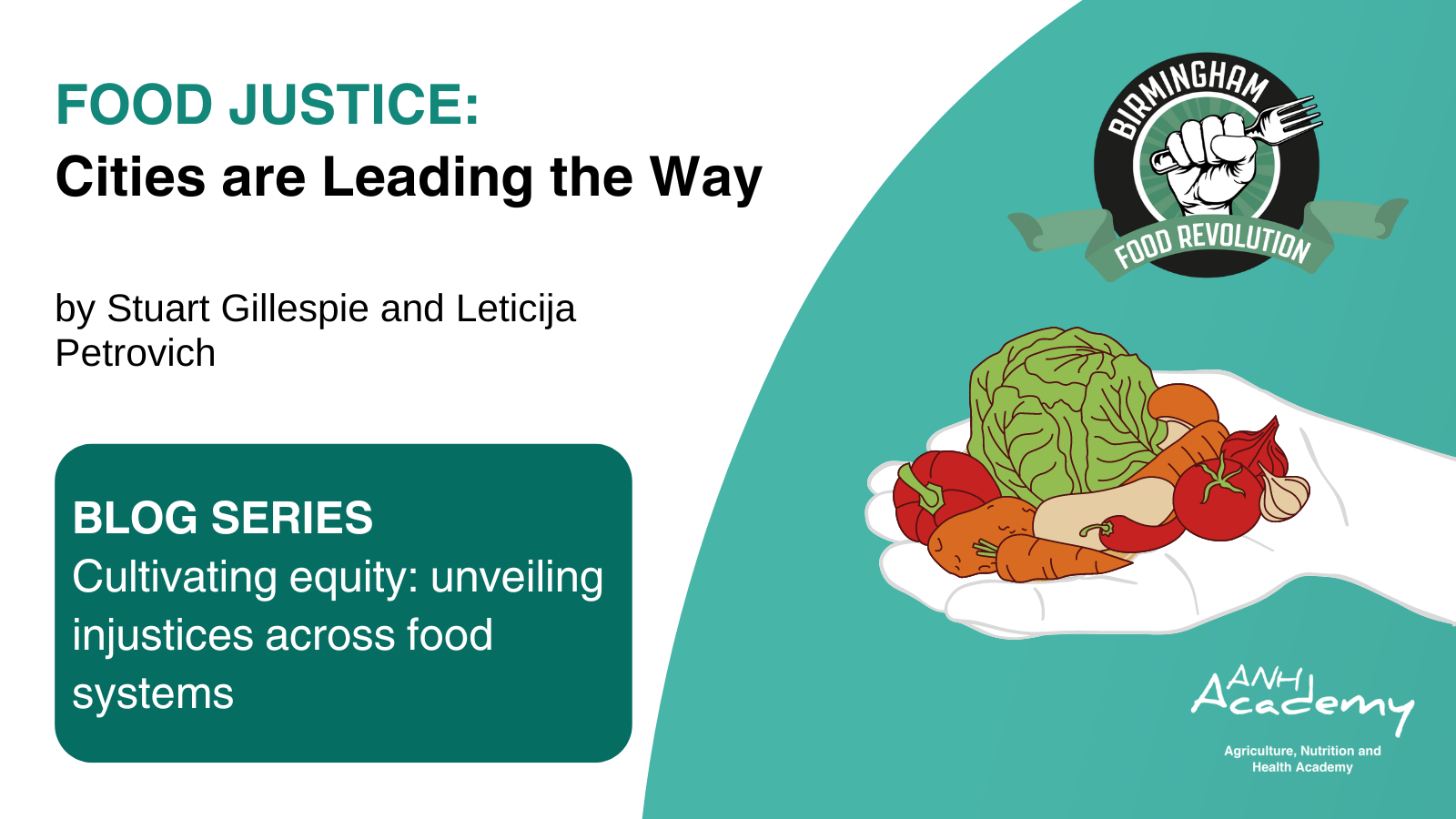By Mélissa Mialon (Trinity College Dublin, Ireland) & Hernando Salcedo Fidalgo (FIAN Colombia)

We now have ample evidence that the consumption of ultra-processed foods (UPF) is linked to ill-health. It is because of the consumption of UPF and other products that we are sick – and there is a myriad of diseases resulting from that consumption. This consumption is directly related with the global rise of non-communicable diseases (NCD) in contemporary societies.
In public health, there is much focus, however, in our discourse and actions, on the prevention and control of overweight and obesity as key issues to address. This is for example very true with marketing restrictions on unhealthy food products – a measure framed, in the UK for example, as a solution to tackle obesity in children. Michelle Obama, the first lady to the former President of the US, also centred her “Let’s Move” initiative on “solving the problem of obesity within a generation”. We have for too long assumed that obesity is a simple “energetic” issue, where the solution can be summed to a thermodynamic equation. Overweight and obesity are nonetheless body expressions of a deep disorder related with malnutrition.
There is a growing shift on food systems and diets in our framing, but the focus on overweight and obesity inadvertently served the interests of corporations. Indeed, those who sell UPF could shift the blame away from the role of their products and to sedentary behaviour and physical inactivity. They can fuel markets with even more UPF by reformulating or reducing the portion size of their products. Food companies can ignore other harms such as the development of cancers, autoimmune diseases and diabetes, using a reductionist focus on obesity. Those in the pharmaceutical industry can offer medical solutions to obesity as an aesthetic issue, shifting the focus away from malnutrition. Food companies can put the blame onto individuals for being sick, and both the food and pharmaceutical industries can provide them with market-based solutions. All of that while questioning the very link between the consumption of UPF and ill-health, often by using third parties.
A different and holistic approach, centred on harmful commodities and unhealthy diets, is getting traction in Latin America and other regions of the world. Civil society organisations, such as the “Alliance for Adequate and Healthy Eating” in Brazil, lead efforts to better protect and promote healthy diets. In Colombia, many civil society organisations such as FIAN Colombia, are promoting diets based on real foods and not industrial food products, and focus on food sovereignty as a path towards the right to adequate food and nutrition. If we are to address the commercial determinants of health, it is time to promote adequate and healthy diets for all forms of malnutrition and to focus much more on the human right to adequate health, food and nutrition in a holistic way.
Call for blogs: Commercial determinants of health across food systems
“Commercial activities shape the physical and social environments in which people are born, grow, work, live and age – both positively and negatively.” World Health Organization.
Interested in the impact of commercial determinants on human and planetary health? Join the conversation! Between September and December, we are welcoming blogs from around the world on the commercial determinants of health in agriculture-food systems. Blog length can vary from 200 to 1000 words. Read out our blog writing guidelines for tips on crafting a compelling piece. Your insights could be the spark that drives positive change.
Submit a blog idea; we're open to suggestions! More information here.





